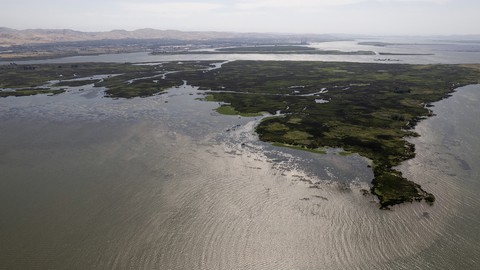
A discrimination complaint filed by Native American tribes and environmental justice groups alleges that California has failed to protect water quality in the Bay-Delta. The EPA is investigating.
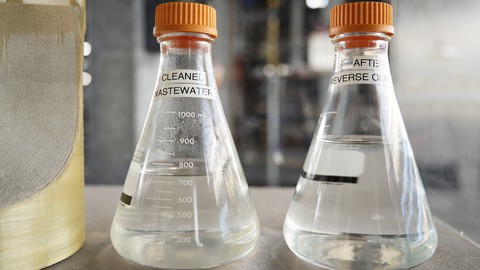
Waste would undergo extensive treatment and testing before it’s piped directly to taps, providing a new, costly but renewable water supply. The state’s new draft rules are more than a decade in the making.
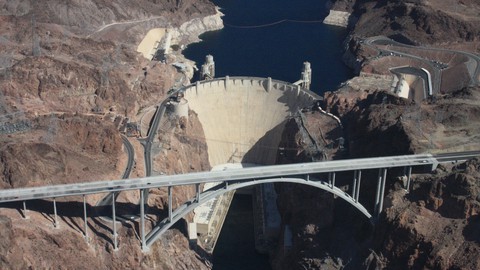
California will cut use of water from the Colorado River drastically under a new agreement announced by the Biden Administration on May 22. Nevada and Arizona have also agreed to the cuts.
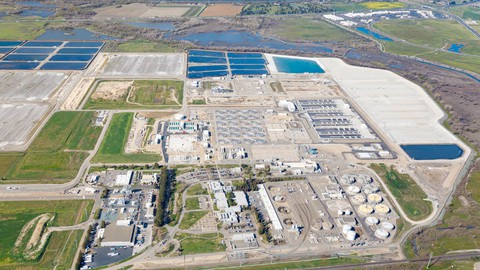
The Sacramento region is home to one of the West’s largest inland wastewater plants. Now, a new treatment system makes its discharge into the Delta dramatically cleaner.
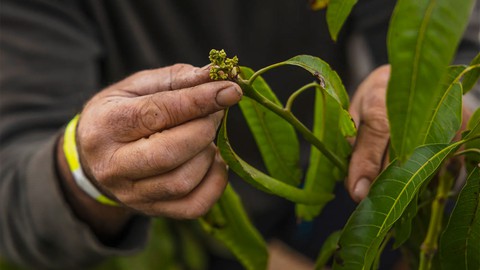
The future of farming in California is changing as the planet warms, altering the rain and heat patterns that guide which crops are grown where. “We’re adjusting for survival,” one grower said.
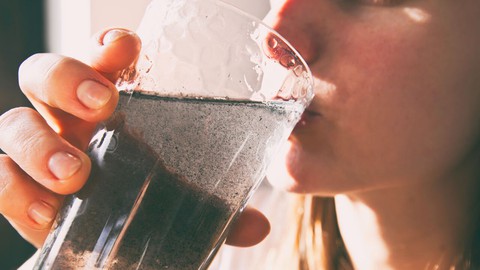
Almost one million California residents are forced to drink from contaminated water supplies, or pay for bottled water. Economic inequality makes the crisis worse. What is the state doing to fix it?
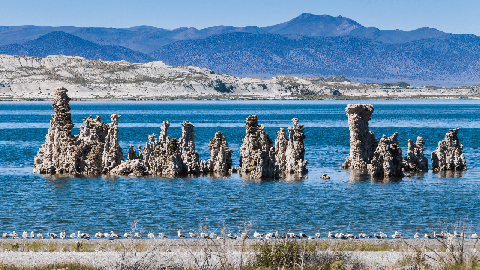
A sizeable coalition has called for California's water regulator to take emergency measures to protect Mono Lake and suspend diversions to Los Angeles.
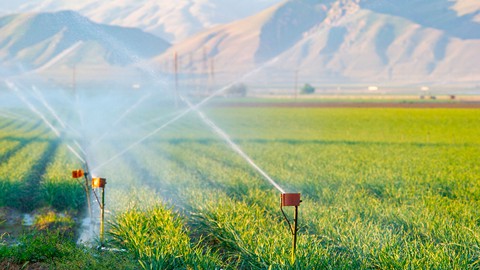
The San Joaquin Valley plans, serving low-income Latino communities, were deemed inadequate for preventing dry wells and sinking land.
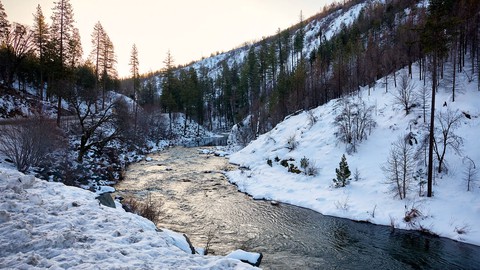
When warm storms melt snowpack early, reservoir managers must release water to prevent flooding—which sends this precious resource into the ocean.
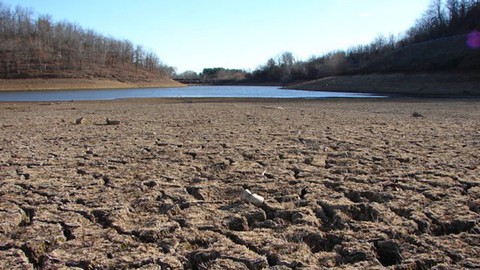
2023’s torrential rainstorms have eased California's drought conditions. But there’s a lot more to drought than the amount of rain, and this drought isn't over yet.

Kevin McCarthy has reached the top position in the U.S. House, but has still fallen short in addressing the ongoing water crisis in his owndistrict, a new CNN.com report says.
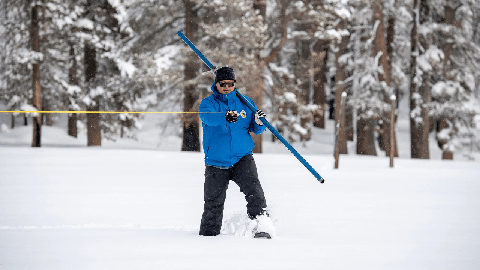
A dozen days of wet and wild weather haven’t ended the drought, and won't cure the driest period in the West in the past 1,200 years.
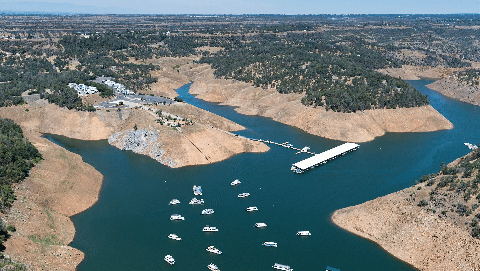
Despite December storms, water supplies remain low in many areas. Some managers expect to impose severe restrictions on their customers.
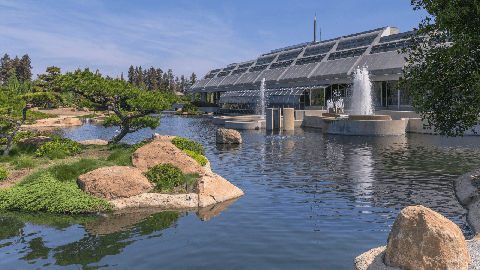
Gov. Newsom's calls to reduce water consumption to combat the ongoing drought have fallen short. His new approach? Add more water to the California's supply. A new state report details how to achieve that.
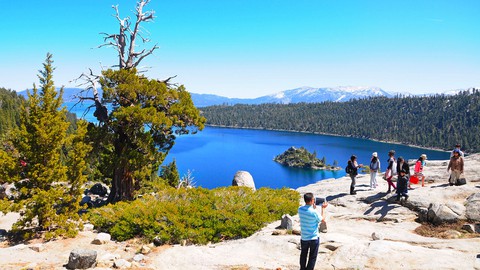
Tahoe is majestic and awe inspiring with its jagged mountain peaks, thick forests, swift-running rivers and hundreds of glacial and alpine lakes.
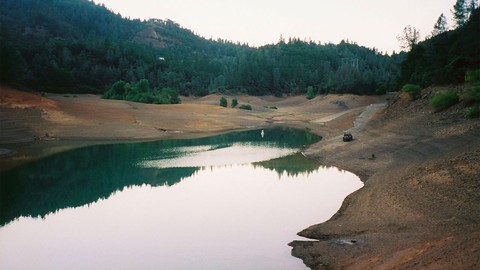
California’s drought shows no signs of easing as the state lost a full year of rainfall between 2019 and 2022, while residents actually increased their water use, ignoring Gov. Newsom’s pleas to cut back.
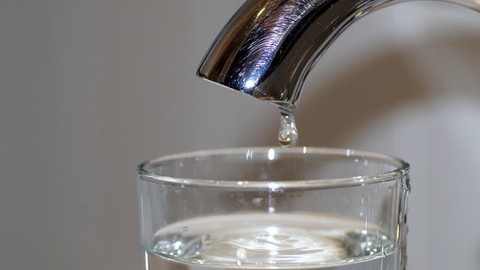
Saving water is more important than ever in California, due to the region’s worst drought conditions in 1,200 years. Here are some steps you can take to help.
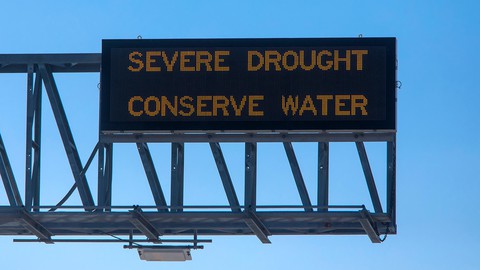
California can increase water savings in urban and suburban areas by 30 to 48 percent using nothing but existing technology, a new report from the Pacific Institute says.
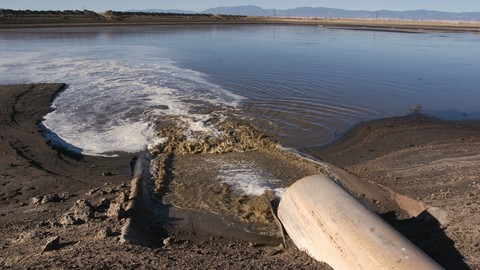
California’s outdated water rights laws have failed to account for the effects of climate change, says a new expert report, which makes some strong recommendations.
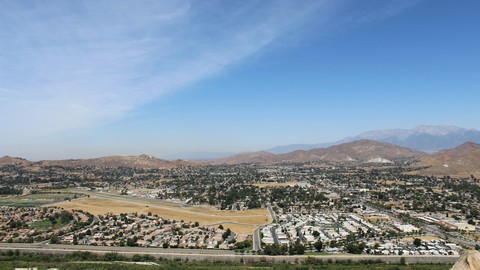
Community service districts can do most anything a city government can do. Here’s how they work and how to start one.